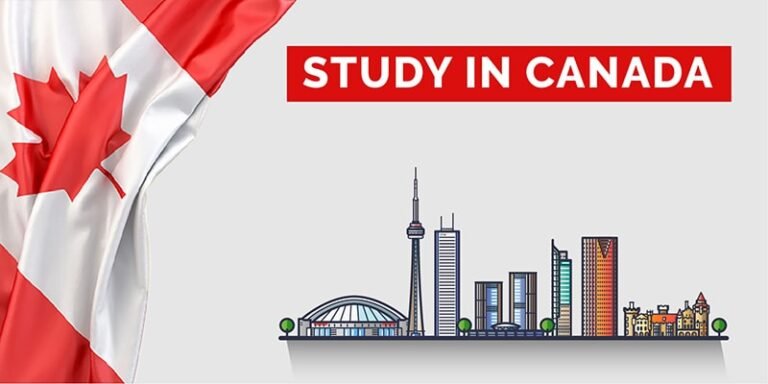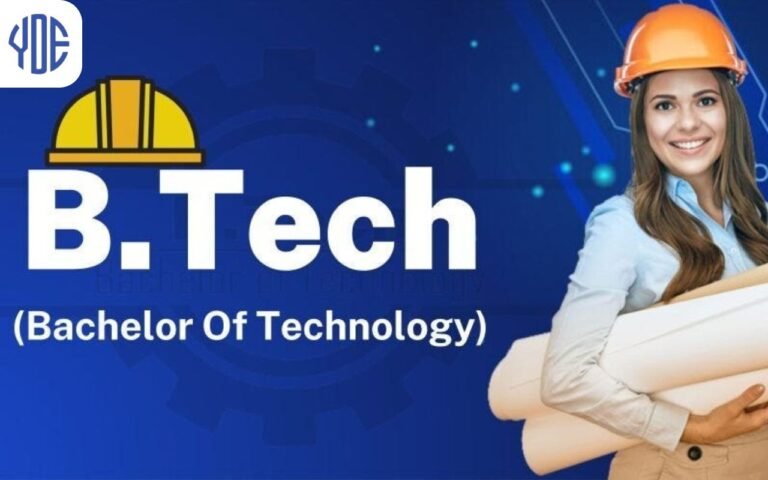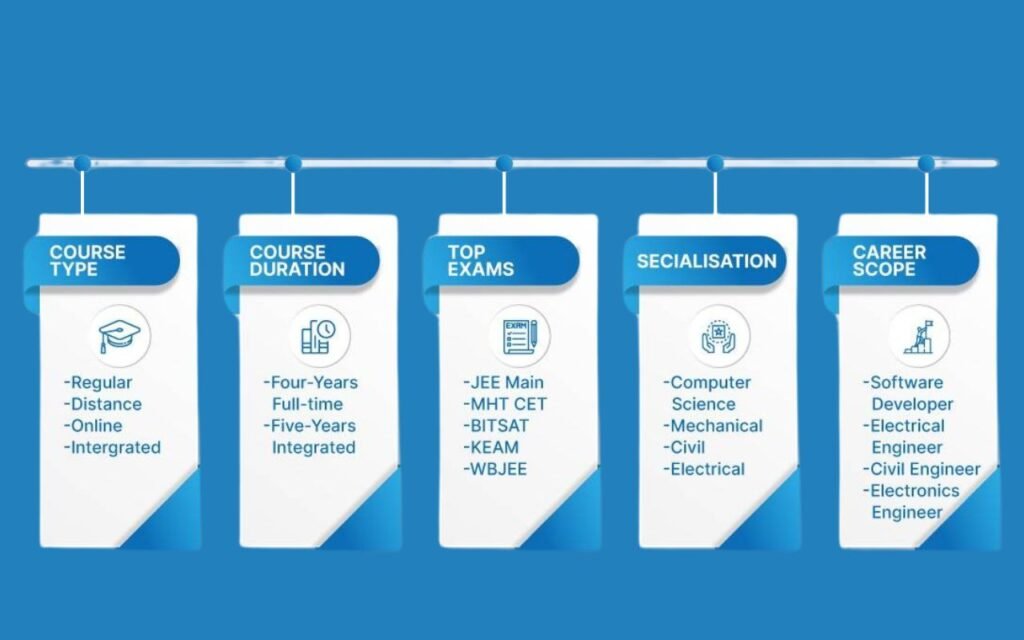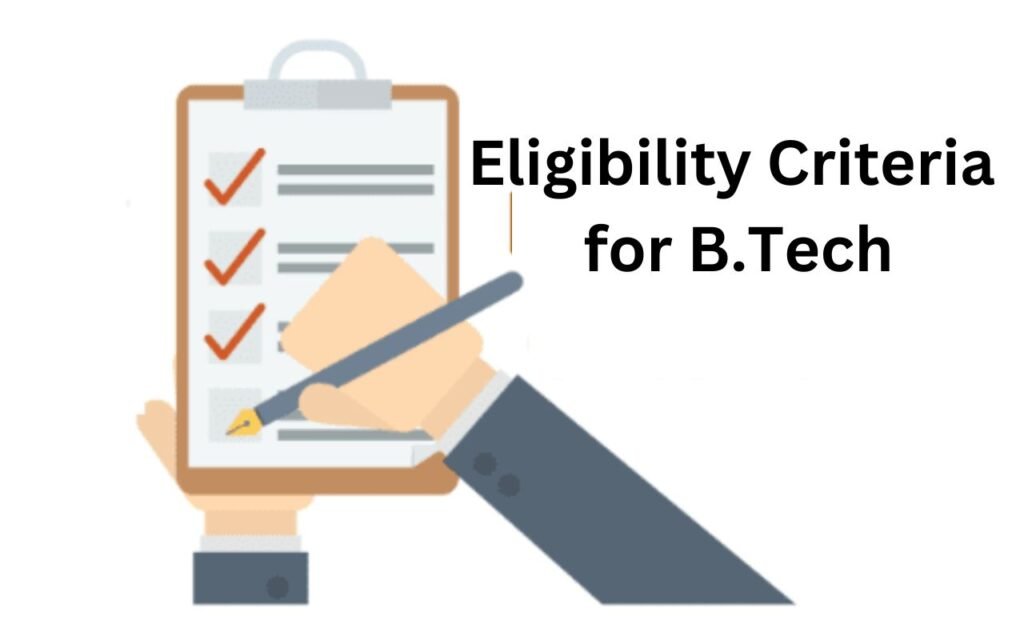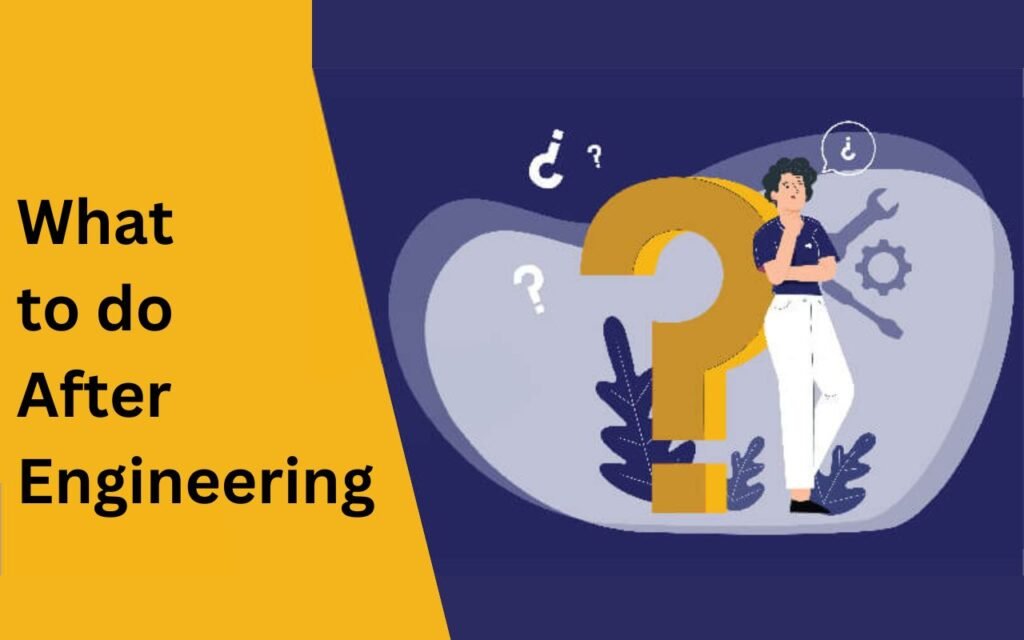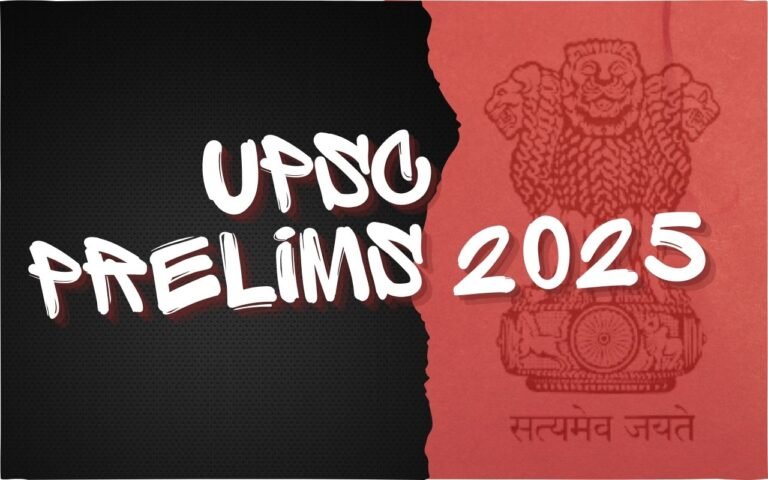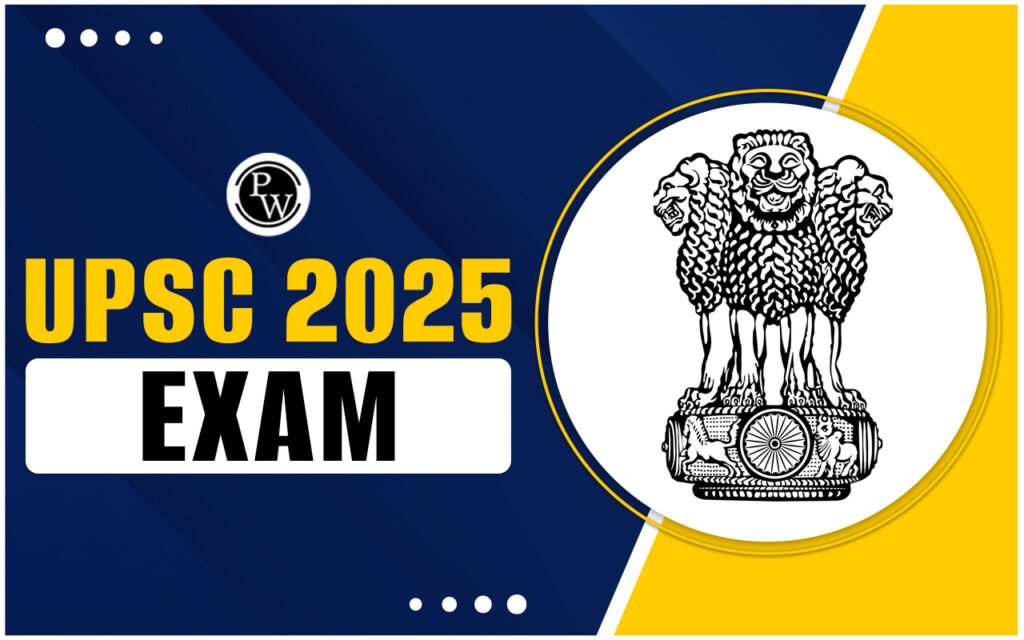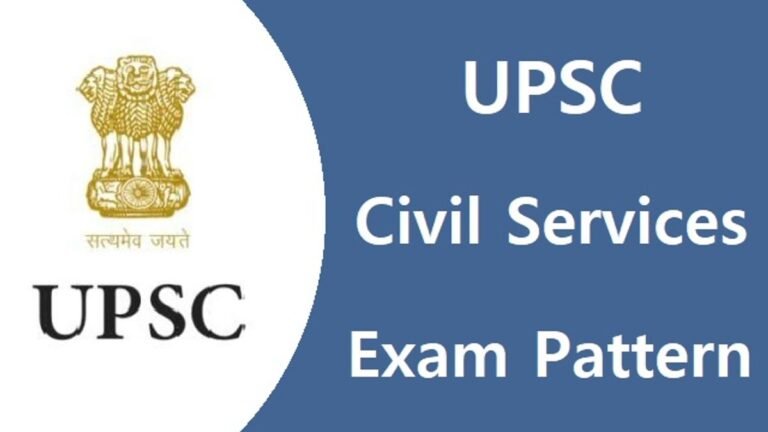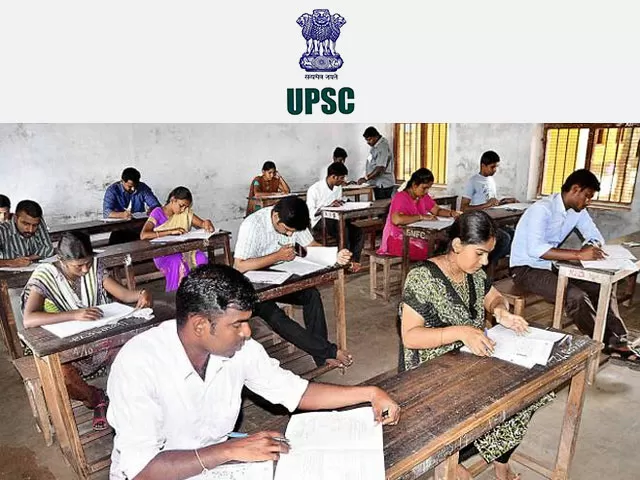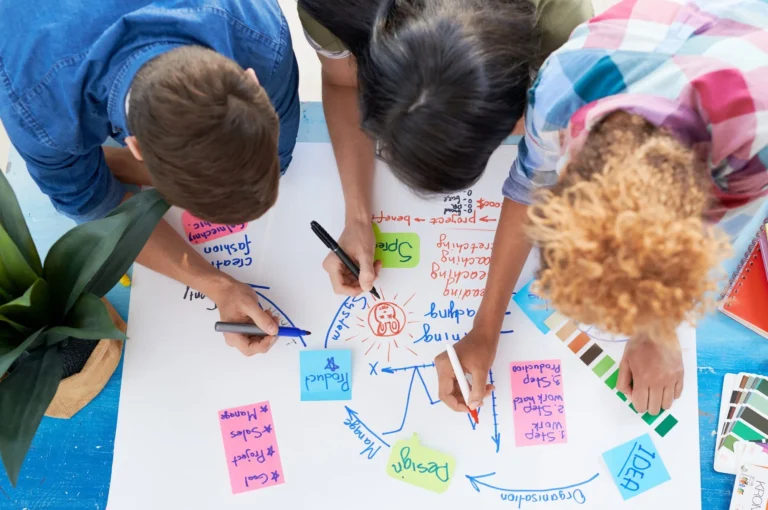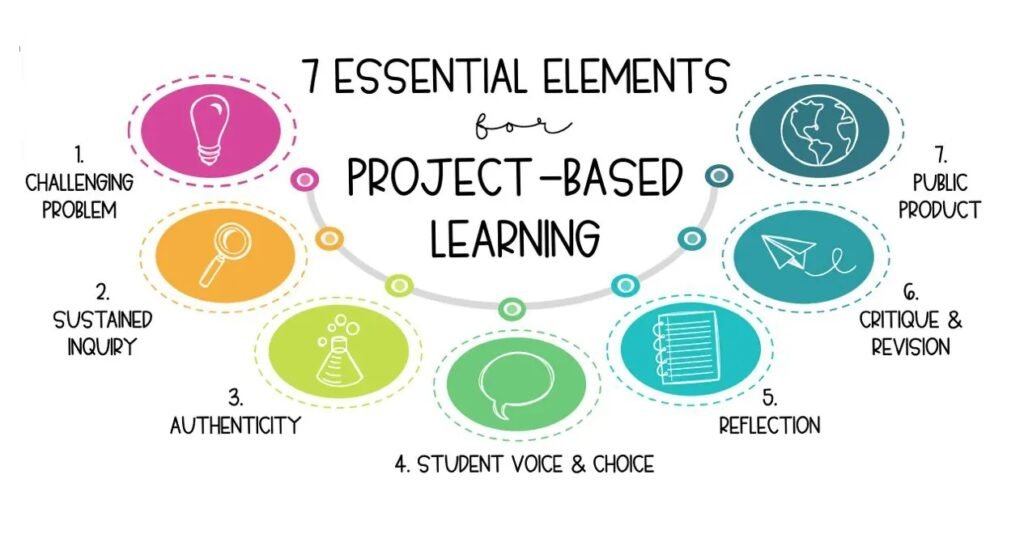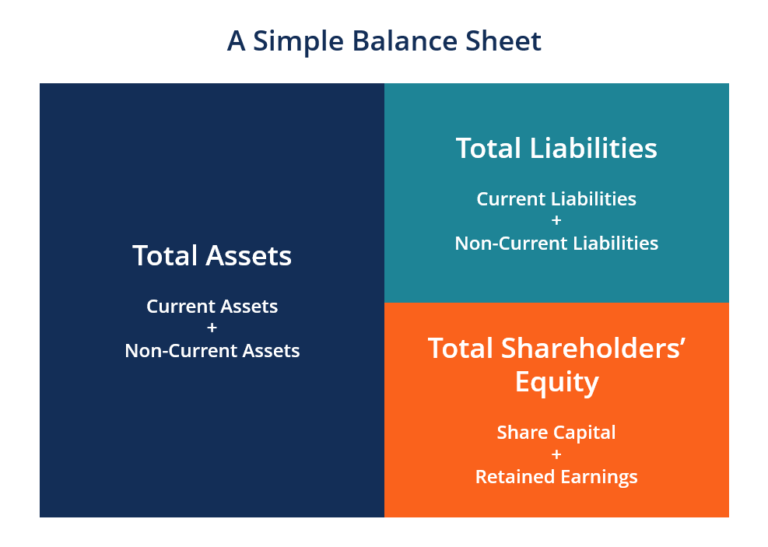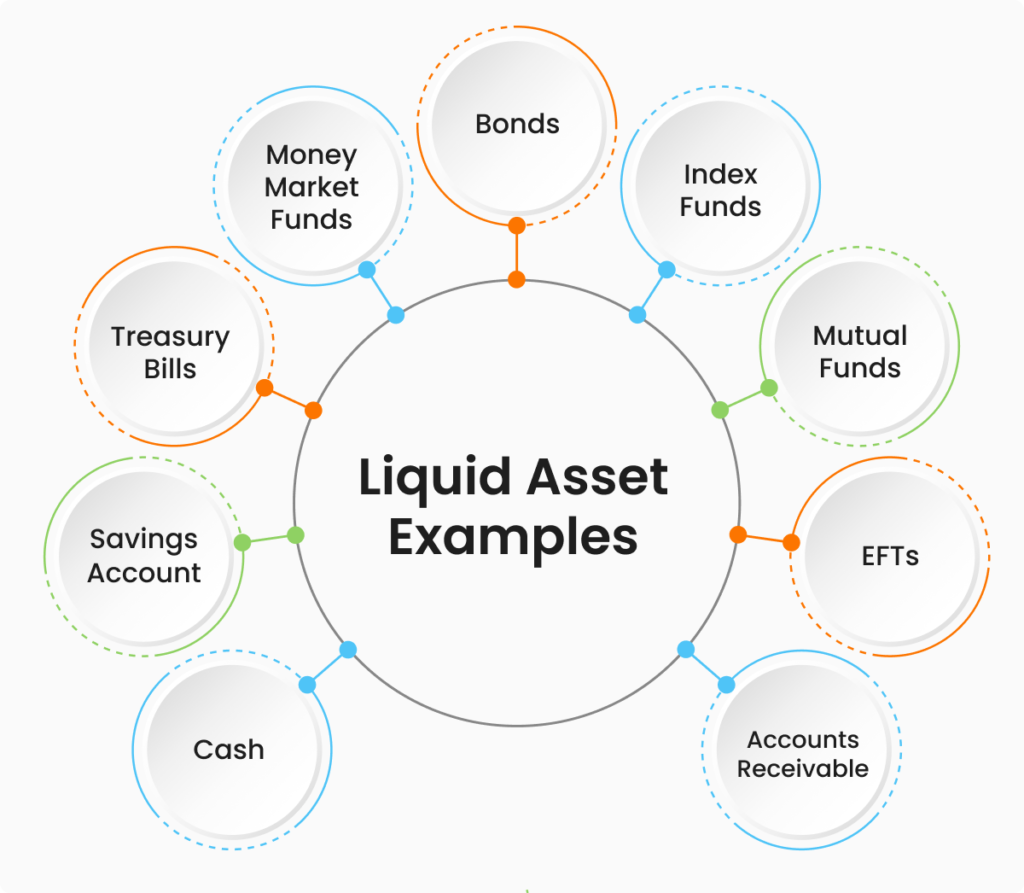Introduction
The Physical boundaries of a state cannot restricted to Education, it is a dynamic entity connects to the world via courses, universities, professors, students, and researchers. Under This Article Check Out These Main Topics . Where to Study in Canada | How to Study in Canada | Top Universities in Canada | Job Opportunities in Canada .
The phrase study abroad means a student intent to gain the knowledge from outside of the world. Many students choose to study abroad because it gives the knowledge as well as they can learn the new culture.
The experience of higher education in Canada that will enhance worth to your personality, help you to build networks, introduce you to new cultural avenues, expand your imagination along with providing excellent career opportunities.
Studying in Canada is an effective, enjoyable and delightful way to fulfil requirements for your college degree and travel the world while undergoing new cultures at the same time. If you are passionate to study abroad there are many various aspects. You must be prepared: It is fun as well as exciting.
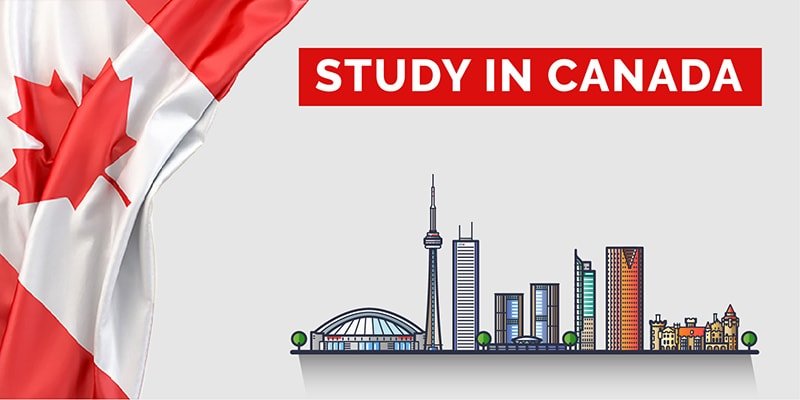
Study in Canada Top Colleges for International Students
You should know the one of the best ways to enhance your stay is over a study program, but choosing the best institution for you can be difficult. First you have to select the program which you want learn, can boost your career or in which you want to make your career. You should research different colleges as per your specialization need to check the course offered on that university in which you want to take the admission, check the review of different colleges’ alumni. This will definitely help you for selecting the college. Also check Best B.Tech College
Here are a list of some top colleges you may go for these also….
| University name | Location | University Info |
| University of Toronto | Toronto, Ontario | Public University, Estd 1827 |
| The University of British Columbia | Vancouver, British Columbia | Public university, Estd 1908 |
| University of Alberta | Edmonton, Alberta | Public university, Estd 1908 |
| Humber College | Toronto, Ontario | Public college, Estd 1967 |
| McGill University | Montreal, Quebec | Public university, Estd 1821 |
| George Brown College | Toronto, Ontario | Public college, Estd 1967 |
| University of Waterloo | Waterloo, Ontario | Public university, Estd 1956 |
| Memorial University of Newfoundland | St. John’s, Newfoundland and Labrador | Public university, Estd 1925 |
| York University | Toronto, Ontario | Public university, Estd 1959 |
| Centennial College | Toronto, Ontario | Public university, Estd 1966 |
| University of Calgary | Calgary, Alberta | Public university, Estd 1966 |
Where to Study in Canada?
Studying in Canada is more affordable than many other countries in the world. Here are 10 universities in Canada for international students which provides the affordable courses.
To study in Canada is an outstanding alternative for those who are looking for an affordable degree as an international student. You don’t need to spend so much for the education in Canada as you are an international student, the Canada offers low tuition fees for the international and domestic students.
You’ll be studying in English or French environment in a highly developed country. The education system of Canada is reputed as well as it is comparable to countries such as the U.K. and U.S.
Many students choose for studying in Canada for the low tuition fee, affordable cost for living and comfort, and countless reputation of the universities in the country. Admission in Law colleges without Entrance Exam
Here are some cities in Canada to which you may go for your higher education

- Toronto
- Montreal
- Vancouver
- Ottawa
- Quebec
- Edmonton
- Calgary
- Winnipeg
- St.John’s
- Halifax
Why Study in Canada
- It’s affordable :- As compared to top universities in the United States, the United Kingdom, and other English-speaking countries, Canada offers degrees that are as much as affordable than the others
- The reputation:- Canada has a reputation as the most reputed countries and for one of the best education systems in the world, and its universities are no exception.
- Ease of living:- Studying in another country can sound frightening, but making that happen in an English-speaking, first-world country makes it easier for international students to get along.
Some other pertinent reasons for choosing Canada include:
- Several research opportunities
- Possibility of immigration after completing the course
- Lively campus atmosphere
- International students have the option of working when studying
- Good internship opportunities
COST OF STUDYING IN CANADA
In Canada the tuition fee is vary by institutions and universities, but the cost is usually more affordable in the comparison of other countries around the world. Medical and technical courses are expensive than arts courses.
On an average, the tuition and fees range from CAD 7,000 to CAD 35,000 per year for an international student.
| Study Program | Average fee (in CAD*) |
| Undergraduate Program | $12,000 to $26,000 per year |
| Postgraduate master’s Program | $24,000 to $36,000 per year |
| Doctoral Degree | $7,000 to $10,000 per year |

How to Study in Canada?
Welcome to Yashi Digital Education ultimate guide on how to study in Canada!
Studying in Canada is life-changing, but it can be a confusing process. In this blog, we’ll explain the process in full, how you can study in Canada.
If you are thinking to study in Canada, but you’re not sure what it contains?
Then we are here to tell you the entire process might seems a bit tough. But if you know right step that requires to be taken and how to prepare everything you need, you’ll find yourself studying a Bachelor’s or Master’s degree Canada.
These are the comprehensive and easy-to-follow guidelines on studying in Canada. We’ll complete it step-by-step, and by the end, you’ll have the information you need to prepare for a worldwide study experience.
Let’s drive to process!!!
- Understand the Requirements
Studying in Canada is many things: exciting, challenging, empowering, life-changing and of course! it’s not as expensive as the other countries means you don’t need to spend so much to study in Canada as you are an international student.
Tuition fee for Bachelor’s and Master’s programmes vary significantly, but there’s always something for everyone’s budget.
These are the comprehensive and easy-to-follow guidelines on studying in Canada. We’ll complete it step-by-step, and by the end, you’ll have the information you need to prepare for a study experience.
Some tips are given below
- You need to check the complete fee structure from where you want to study.
- Student loans are good way to cover the costs of your education.
- You can work while studying, but only part-time, and this can enlarge your trauma levels. If you have decided to do this, make sure you follow the rules and regulations. In many countries, international students can only work for a partial number of hours per calendar week.
To successfully applying to a Canadian education institution, you need an understanding of different requirements for schools/ colleges and the courses they offer.
If you have decided to study in Canada you should start planning to your Canadian study at least a year in advance this will help you to choose right for you. In Canada, all the universities require the common documents from the international students’ theses are like Passport, proficiency French or English along with the proof of passing language test and some proofs that wills how you will manage economically in Canada
- Choose your Course and Institution
Some people already know what they wanted to become in future ever since they were very young. Others determine later on, during high school. But for some, the choice is still not clear even weeks before applying to bachelor degree. You have to choose first and discover what to want to be in the upcoming years. What do you want to see yourself in future? don’t forget to check the course on demand.
It is essential to finalize a specific major course when applying to study in Canada. The Canadian academic setup is flexible to switching courses, although it is best to compare your options earlier and choose a major that you are truly interested in following.
Here are some most popular disciplines mentioned below you can choose from these also-
- Business and management
- Engineering & technology
- Law
- Medicine and Public Health
- Psychology
- IT or computer Science
- Art, design and Architecture
- To choose where you want to study
You need to choose the location on which you want to learn and you want to go for the education for your degree course these are some points you need to think about these first for deciding the location in which you want to take the admission. The university in which you want to learn should be certified also, so, you need to research first.
- Do you want to work during your studies? If yes, need to check which universities have good policies for international students.
- How important are extracurricular activities and social life to you?
- Do you want to live in a big city or in a soft town?
- Are you willing to commute to your university?
- Take the Language Proficiency Test
To get the successful entry into Canada every international student will have to prove the proficiency in English or French as per them. Without the passing proof for proficiency in any of the language you application won’t be selected for your further study.
IELTS is the ideal test for proficiency in English, with some institutions also accepting the Cambridge English and for French, you can go for DALF, DELF, or TCF, although the TEF exam is the most common option. DALF, DELF are the official certifications awarded by the French Ministry of Education to certify proficiency in the French language of non-native speakers.
You will have to choose the test, pay the required fee, and book the dates well in advance. Before this, of course, you will have to polish up your language skills to ensure your application does not get rejected.
- Apply to Universities
Now it is time to contact your selected universities, obtain their application packs, and submit them in advance. Even you got top grades and a remarkable motivation letter or essay, you shouldn’t apply to only one university this will be wrong decision. It’s true, you can easily get accepted, but what will you do if you aren’t selected?
That is why you should apply multiple universities. Having the choice of applying to a dozen/multiple universities can be advantageous but you will have to check the application fee, which varies from $100 to $250. So do not apply at random just compare your options and check the preferred course and apply 2 to 3 universities. You will surely get selected.
While filling the application form you need to be very careful and make sure you provide accurate information with documentary evidence. Now it is time face the unbearable wait until you receive your acceptance after the submission of your application form. When you will be confirmed your interest, the university will send an acceptance letter, which plays a significant role in the ahead procedures.
- Apply for a Study Permit
It is time to apply for the Canada Study Permit because now you have an institution ready to admit you. You can apply online or visit your resident visa application centre. Your application must be attended by the acceptance letter received in the earlier step, your passport, and documentary proof that you have satisfactory finances to study in Canada.
- Travel Time
Once the application has been administered and an interview, if required, has been conducted, the immigration officers will decide your study permit application. If they accepted, it is now time to start planning your ready to move to Canada.
Your permit will have a start date, which is the date from which the permit starts so Keep in mind that you won’t be acceptable to enter Canada before that date. Plan your travel accordingly.
- Time to study
This is the responsibility of immigration officer to verify your permit and other documents at the port of entry before permitting you to enter into Canada. This is the last step of the immigration formalities and now you can focus on beginning your journey as an international student in Canada.
What is a visa?
If you want to enter a foreign country you need to a document first name Visa without it you are not permitted to enter the foreign country. A student visa given you the permission to a particular person who have a confirmed place of study with a registered institution for a limited of period which already decided.
Make sure that different countries have different visa policies as per requirements, so first you should contact to embassy website of the country in which you want to learn or want to study.
How to apply for a study visa in Canada?
The permits to study in Canada for the international students agrees to study so these are very important. You need to check that you have all the documents as per the requirements before applying the permit. A study permit is not a visa. You also need to apply a temporary visa. The duration of that permit which you will receive from the authority is equal to the duration of your degree course plus an extra 90 days. The extra time (90 days) is for to give the chance to you to leave or apply for an extension.
You should apply carefully for a permit before you come to Canada. Few people apply for a study permit from Canada. So you can also apply when you reach to your destination (Canada) at the time of your arrival.
There are two options for application is, to Apply online. With the online application, the permit gets administered immediately, avoiding any delays. In case they need any extra documents, it can instantly be added online saving the time.
The second option you can apply by offline submission of the form. The offline visa process would involve candidates to download the application form, fill in the details and submit it to the required authorities.
The next step includes like paying a Visa Application Fee. Every candidate would be required to pay a student visa fee for his/her application process. The final process would include the student submitting his application process along with their supportive documents.
Following documents are mandatory when applying for a study permit:
- Acceptance letter from the university
- Valid passport
- Proof that you have enough funds to finance your studies (Financial Lucidity)
- Proof of English Proficiency Test
- Academic Documents
- Receipt of Payment of Tuition fee
- Medical certificate
- A proof of education loan or bank statement of last four months or any other suitable document.
How should you prepare for the visa interview?
Students from across the world want to study in Canada because of its high-quality education which is really affordable for international students across the world.
Canada is known for its environmentally welcoming culture, and has an academic background that cumulatively makes Canada as one of the top studies abroad destinations among international students.
The interview for Canadian Study Visa is an essential step in the procedure of studying abroad. After submitting the application with your proper documents for Canadian Study Visa, you have to provide your bio-metrics. Next following the procedure, then you will receive a call to attend an interview for the visa.
How the Canadian Study Visa interview works
In the interview the immigration officers interview the Canadian embassy or situated in your country. The responsibility of the officer is to assess your visa application and then have to clear or reject the same consequently. The most important purpose of this interview is to found that you a sincere student who is going to Canada for studies only.
As every student want to crack the interview, if you want to clear your Canadian Study Visa interview, then the key is to prepare the conversation very well. The first and very important step towards your preparation is to make sure if you have all the required documents and are aware of the procedure. If you are alert of all the things, then congratulations, half the battle you won already!
We have compiled a list of questions that are most possible to be asked on the interview:

Career Plan
The immigration officer can ask you about your career plans and where you plan to work in the future? Make sure that you need to answer all without hesitation you need to tell them about your career plan. Also, remember to include your academic and employment backgrounds.
Questions about your academic/ employment history
To your future plans, the immigration officer would want to know more about your current engagement like your current employment. They also want to check if you have any gap year in your previous studies and employment history.
Your academic potential
The immigration officer would also want to know your latest qualifications and the scores in various tests you can say it like your English Language proficiency, i.e., IELTS and TOEFL. In additional they want to check your grasp of the English Language, to see if you can live and communicate well in an English-Speaking country.
Your decision to study in Canada
Immigration can ask you questions such as….
What and how do you know about Canadian Culture and the country?
What do you know about the education system in Canada? Why do you want to come here?
Why are you not learning a particular course in your home country?
How studying in Canada will help you in your long-term career strategies?
Your financial background
The immigration officer can ask the financial status of yours and your family’s’. He can also ask you about the financial support or loans that you or your family have taken.
Important tips to prepare for your Canadian Study Visa interview
- It is recommended to be aware of all the essential practical information, and especially all that is related to your course and financial status. You should be conscious of the rule related to an international student in Canada.
2. Remember you should avoid the general statements and try to give the answers that are reason-based. Therefore, it is sensible to avoid general statements.
3. Make sure that you do not memorize your answers in advance. If you do this, the immigration officer will know this, and it will not make a good impression.
Conclusion
With the help of the above steps given in the blog, now you are ready to Canada for your degree. Now is the time to study and make a career. Students should do hard work as well as smart work. If you are going overseas for your studies only then you should try to give your best and gain the knowledge for making your best career ever. We the Yahsi Digital Educationalways with you to give the information for your studies and for guidance.



